Search Blog
Hit enter to search or ESC to close
Trending Now
3 Biggest Mistakes in Flambient Real Estate Photography – How to Master?
- Get link
360 Virtual Tour: Boost Visibility and Sales
- Get link
- Get link
In today’s competitive housing market, real estate photography plays a crucial role in attracting buyers and closing deals quickly. Whether you're a real estate agent, homeowner, or property investor, investing in professional photography can significantly impact your sales and marketing efforts.
I. Why Real Estate Photography Matters
With over 90% of home buyers starting their search online, high-quality images are essential for making a great first impression. A well-photographed property can generate more interest, leading to faster sales and potentially higher offers. Here’s why real estate photography is a game-changer:
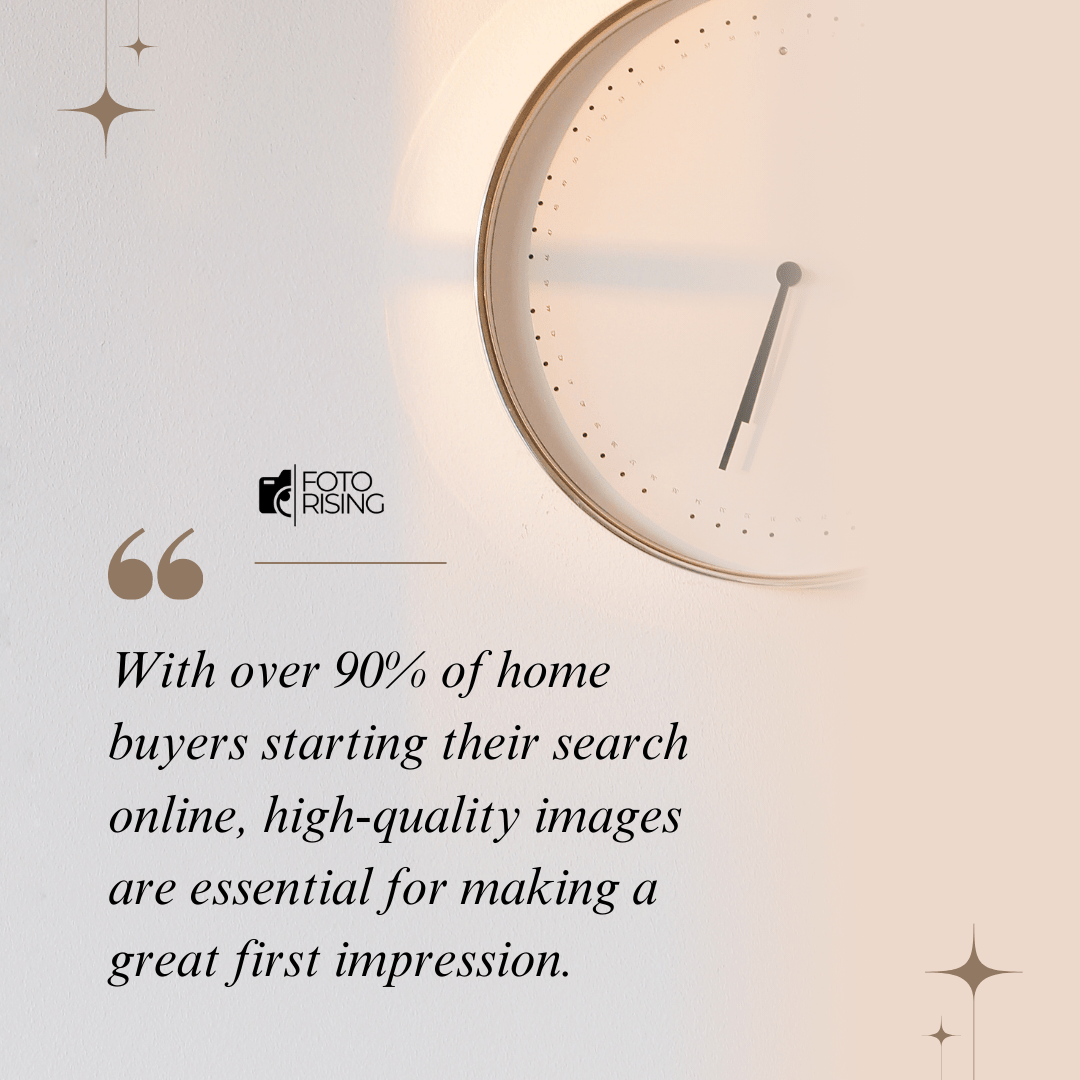
1. Captures Buyer Attention
Listings with professional photos receive 118% more views than those with low-quality images. High-resolution images showcase a property’s best features, making it stand out from the competition.
2. Creates Emotional Connection
A beautifully captured home allows potential buyers to envision themselves living there. Well-lit, high-quality images create warmth and an inviting atmosphere, increasing engagement with your listing.
3. Enhances Marketing Efforts
Professional real estate photography enhances marketing materials, including brochures, social media posts, and online listings. High-quality visuals help establish trust and credibility with potential clients.
II. Key Elements of Effective Real Estate Photography
To achieve stunning real estate photos, consider the following elements:
1. Proper Lighting
Lighting is one of the most crucial aspects of real estate photography. Natural light is ideal for interior shots, as it creates a bright, airy ambiance that makes spaces feel more open and inviting. To maximize natural light, open blinds and schedule shoots during daylight hours.
However, in some cases, additional lighting techniques such as HDR (High Dynamic Range) imaging or professional flash setups may be necessary to ensure balanced exposure and highlight key details without overexposing or darkening any areas.

2. Correct Angles & Composition
Capturing a property from the right angles is essential to highlighting its best features. Shooting from a slightly lower angle can make ceilings look higher, while a wide-angle lens can create a sense of spaciousness without distorting proportions.
Additionally, positioning the camera at an optimal height—typically around chest level—ensures a balanced perspective, making rooms look more inviting and well-proportioned. Framing shots to include architectural elements, such as windows and doorways, helps add depth and dimension to the images.
3. Staging & Decluttering
A clean and well-staged home significantly enhances a property’s appeal. Removing personal items and excess clutter creates a neutral, inviting space that allows potential buyers to visualize themselves in the home.
Simple staging techniques, such as arranging furniture to optimize flow, adding fresh flowers or decorative accents, and ensuring every surface is spotless, can elevate the overall presentation. The goal is to strike a balance between lived-in comfort and a showroom-quality finish.
4. Editing & Retouching
Even the best photographs benefit from post-processing. Editing and retouching play a crucial role in enhancing real estate photos by adjusting brightness, contrast, and color balance to create visually appealing images.
Professional retouching services can also remove minor imperfections, such as blemishes on walls, stray cords, or unwanted reflections, ensuring that the final images present the property in the best possible light. Advanced techniques, such as sky replacements or virtual twilight edits, can further enhance the overall aesthetic, making listings more eye-catching.
III. The Role of Virtual Staging & Aerial Photography
With advancements in technology, real estate photography now includes virtual staging and aerial photography. Virtual staging digitally furnishes empty properties, helping buyers visualize potential layouts. Aerial photography, captured using drones, provides a comprehensive view of the property, highlighting landscapes and surrounding areas.
IV. Hire a Professional Real Estate Photographer
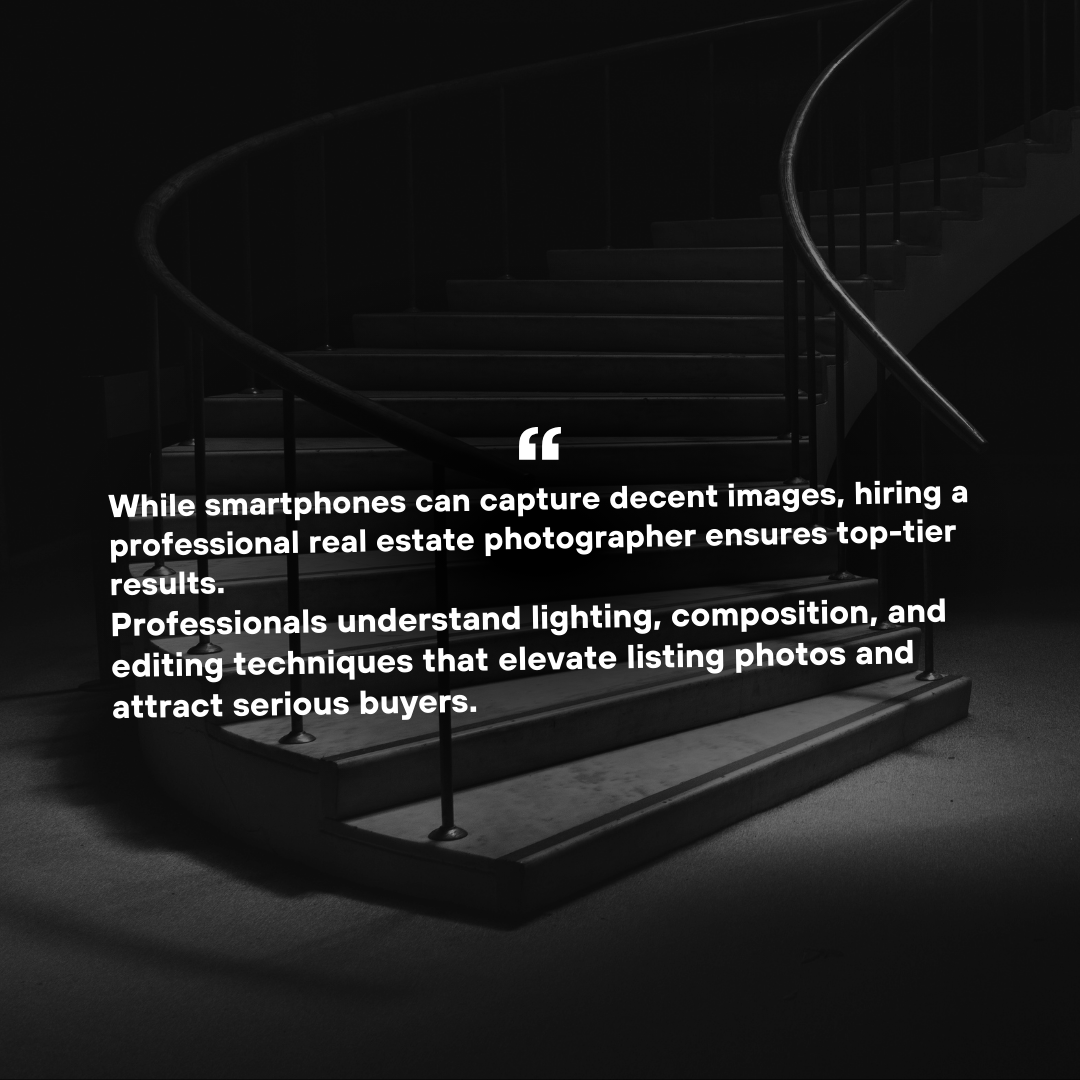
While smartphones can capture decent images, hiring a professional real estate photographer ensures top-tier results. Professionals understand lighting, composition, and editing techniques that elevate listing photos and attract serious buyers.
Conclusion
In the competitive real estate market, real estate photography is more than just taking pictures—it’s a strategic marketing tool. High-quality images increase visibility, drive engagement, and ultimately help sell homes faster. Whether you're selling a single property or marketing multiple listings, investing in professional real estate photography can make all the difference.
Read more:
Top Camera for Professional Use: The Best Picks for 2025
Unlocking the Potential of 3D Software in Real Estate Photography
Top 5 Programs to Edit Photos in Real Estate Photography
You May Also Like
10 Best Photo Editing Programs for Real Estate in 2024
- Get link
3 Biggest Mistakes in Flambient Real Estate Photography – How to Master?
- Get link
360 Virtual Tour: Boost Visibility and Sales
- Get link
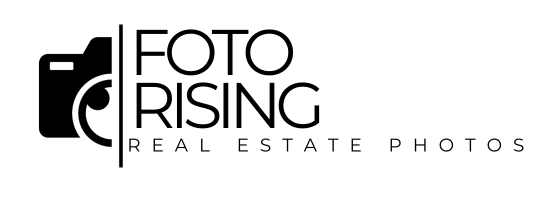

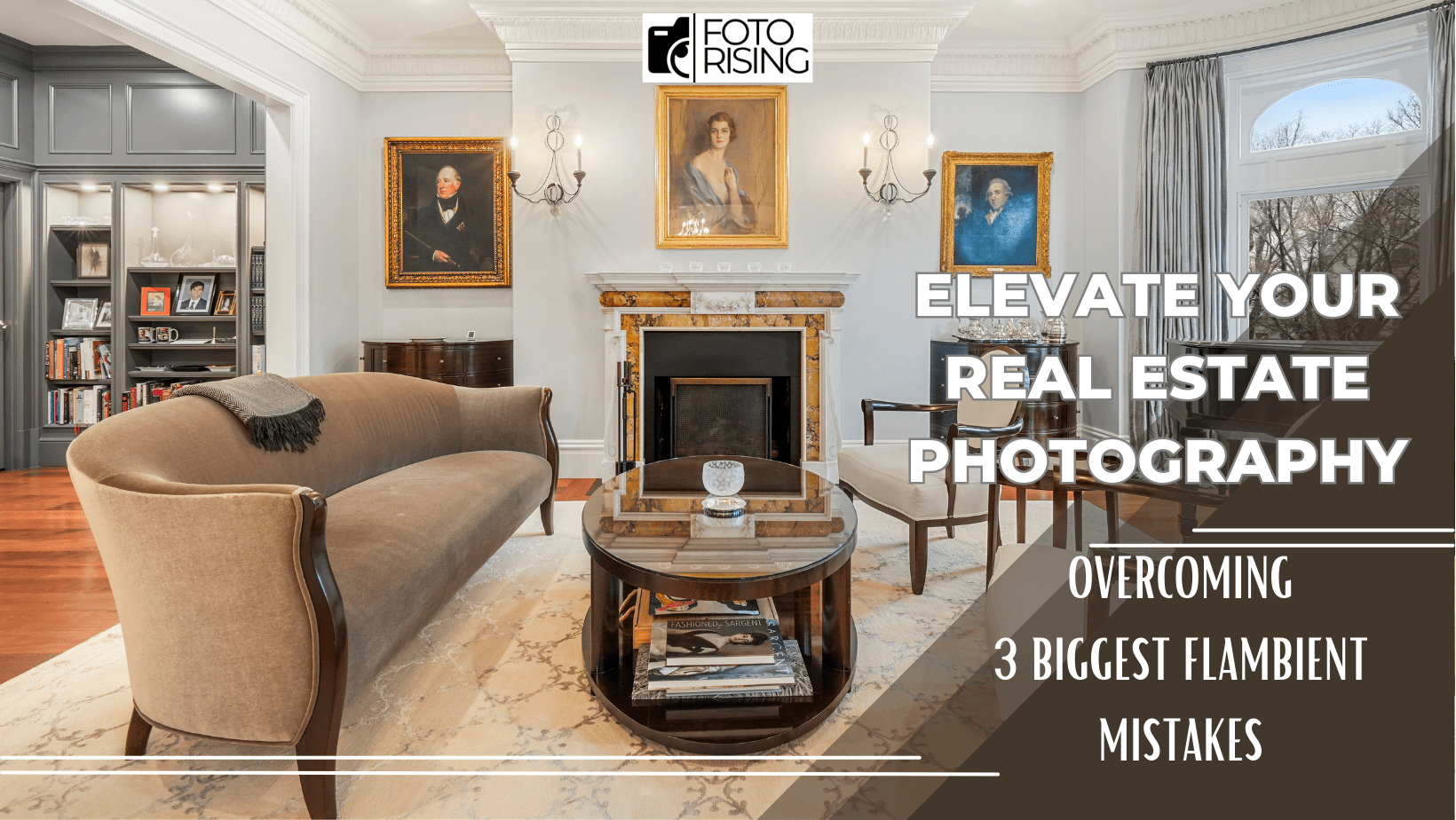
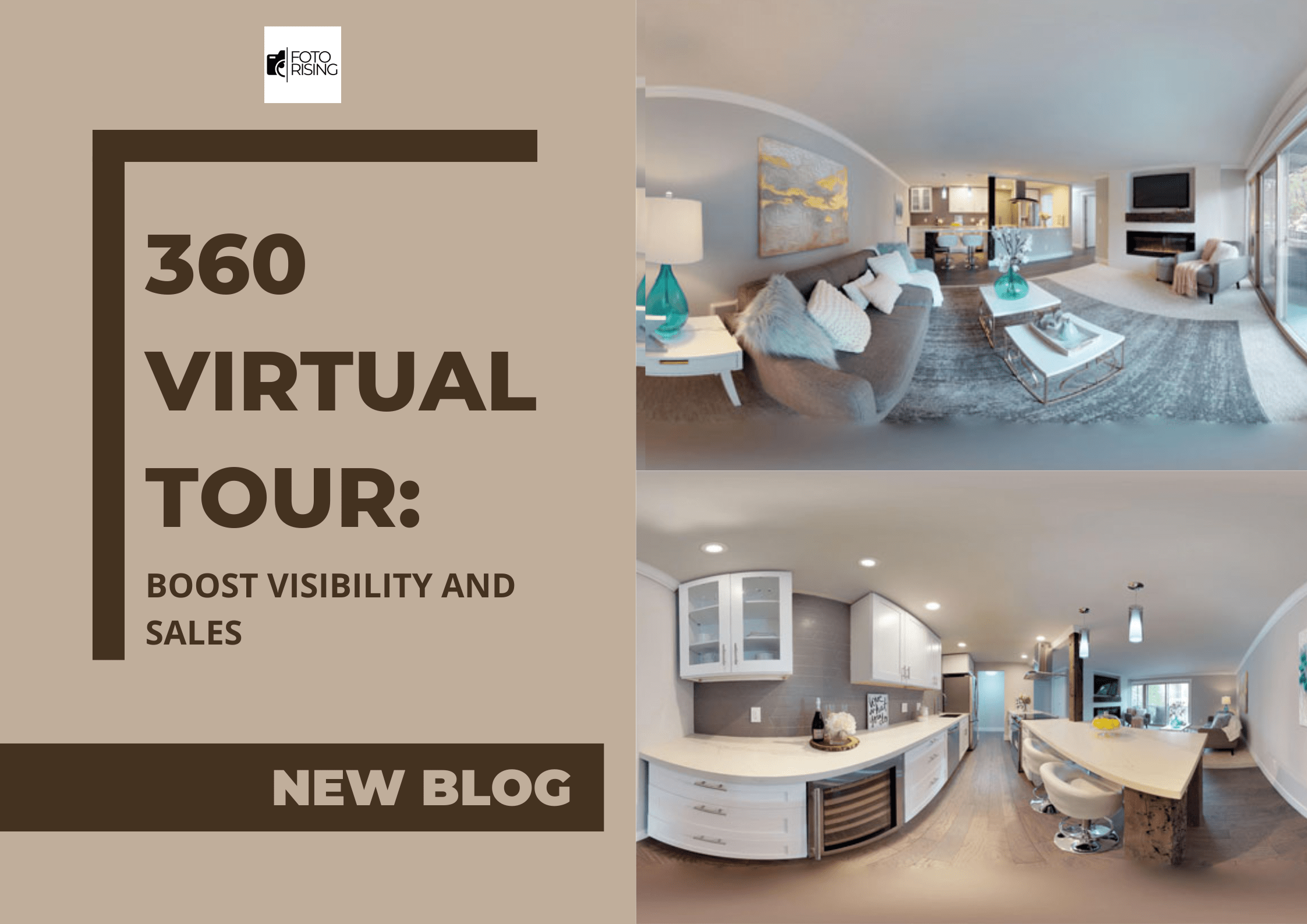
13 responses to “What is The Power of Real Estate Photography?”
Good <a href="https://is.gd/tpjNyL" rel="nofollow ugc">https://is.gd/tpjNyL</a>
Awesome <a href="https://lc.cx/xjXBQT" rel="nofollow ugc">https://lc.cx/xjXBQT</a>
Awesome <a href="https://t.ly/tndaA" rel="nofollow ugc">https://t.ly/tndaA</a>
Very good <a href="https://rb.gy/4gq2o4" rel="nofollow ugc">https://rb.gy/4gq2o4</a>
Good <a href="https://is.gd/N1ikS2" rel="nofollow ugc">https://is.gd/N1ikS2</a>
Awesome <a href="https://is.gd/N1ikS2" rel="nofollow ugc">https://is.gd/N1ikS2</a>
Very good <a href="https://is.gd/N1ikS2" rel="nofollow ugc">https://is.gd/N1ikS2</a>
Good <a href="https://is.gd/N1ikS2" rel="nofollow ugc">https://is.gd/N1ikS2</a>
Very good <a href="https://is.gd/N1ikS2" rel="nofollow ugc">https://is.gd/N1ikS2</a>
Awesome <a href="https://is.gd/N1ikS2" rel="nofollow ugc">https://is.gd/N1ikS2</a>
Good <a href="https://is.gd/N1ikS2" rel="nofollow ugc">https://is.gd/N1ikS2</a>
Very good <a href="https://is.gd/N1ikS2" rel="nofollow ugc">https://is.gd/N1ikS2</a>
Awesome <a href="https://is.gd/N1ikS2" rel="nofollow ugc">https://is.gd/N1ikS2</a>